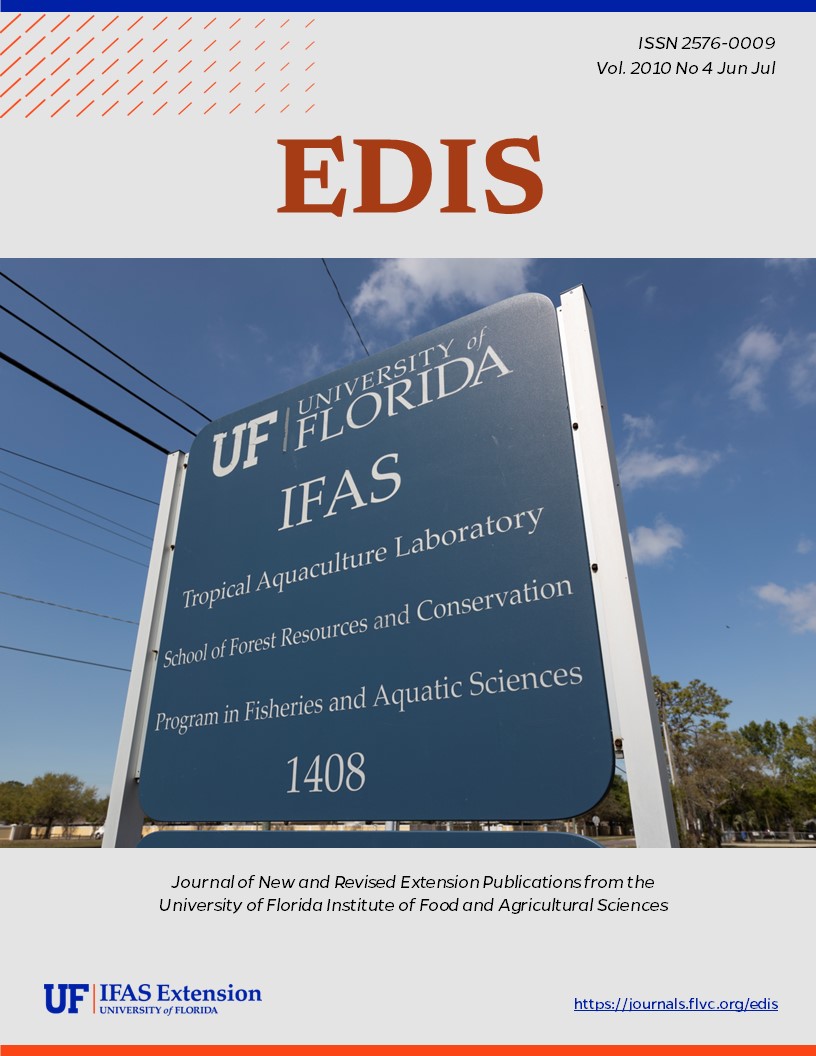Abstract
FOR 266, a 2-page fact sheet by Michael G. Andreu, Melissa H. Friedman, Mary McKenzie, Heather V. Quintana, and Robert J. Northrop, describes this semi-deciduous fig tree that is native to Florida and naturally found in tropical hammocks throughout south Florida, the Caribbean, the Bahamas, the West Indies and some regions in Central America – scientific and common names, description, allergen, and applications. Includes references. Published by the UF School of Forest Resources and Conservation, June 2010.
References
Austin, D. F. 2004. Florida ethnobotany. Boca Raton, FL: CRC Press.
Haehle, R. J. and J. Brookwell. 2004. Native Florida plants: Low-maintenance landscaping and gardening. Lanham, MD: Taylor Trade Publishing.
Gledhill, D. 1989. The names of plants (2nd ed.). Cambridge: Press Syndicate of the University of Cambridge.
Nelson, G. 1994. The trees of Florida: A reference and field guide. Sarasota, FL: Pineapple Press.
Ogren, T. L. 2000. Allergy-free gardening: The revolutionary guide to healthy landscaping. Berkeley, CA: Ten Speed Press.
Osorio, R. 2001. A gardener's guide to Florida's native plants. Gainesville, FL: University Press of Florida.
The Institute for Regional Conservation. 2005-2008. Short-leaf fig, wild banyan tree. Retrieved from http://www.regionalconservation.org/beta/nfyn/plantdetail.asp?tx=Ficucitr
USDA Natural Resources Conservation Service. (n.d.). Plants Database. Retrieved from http://plants.usda.gov/index.html

